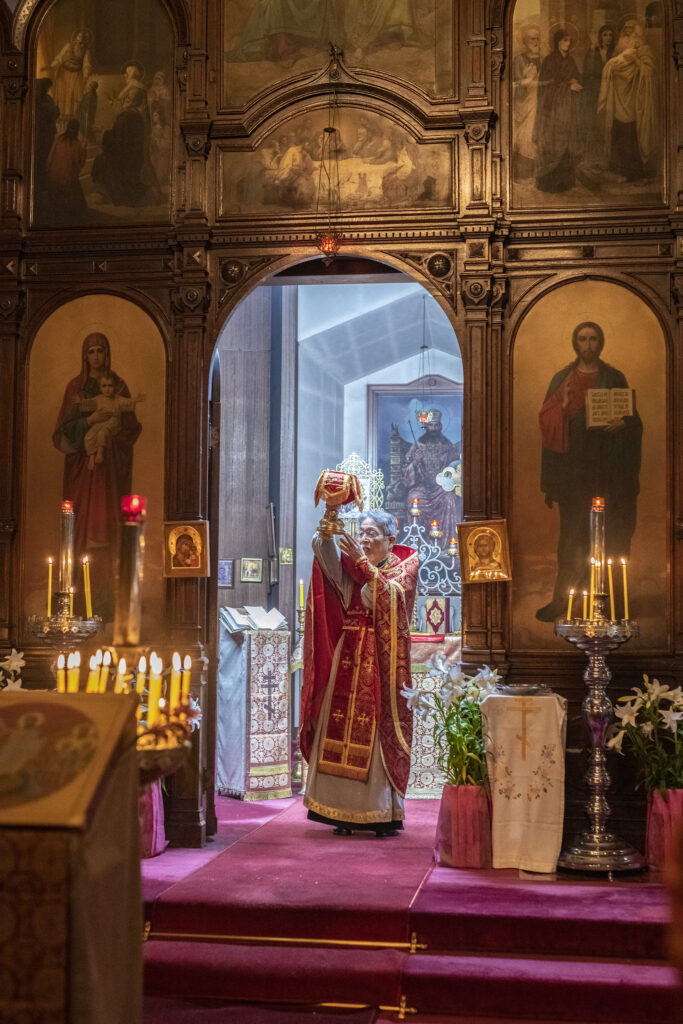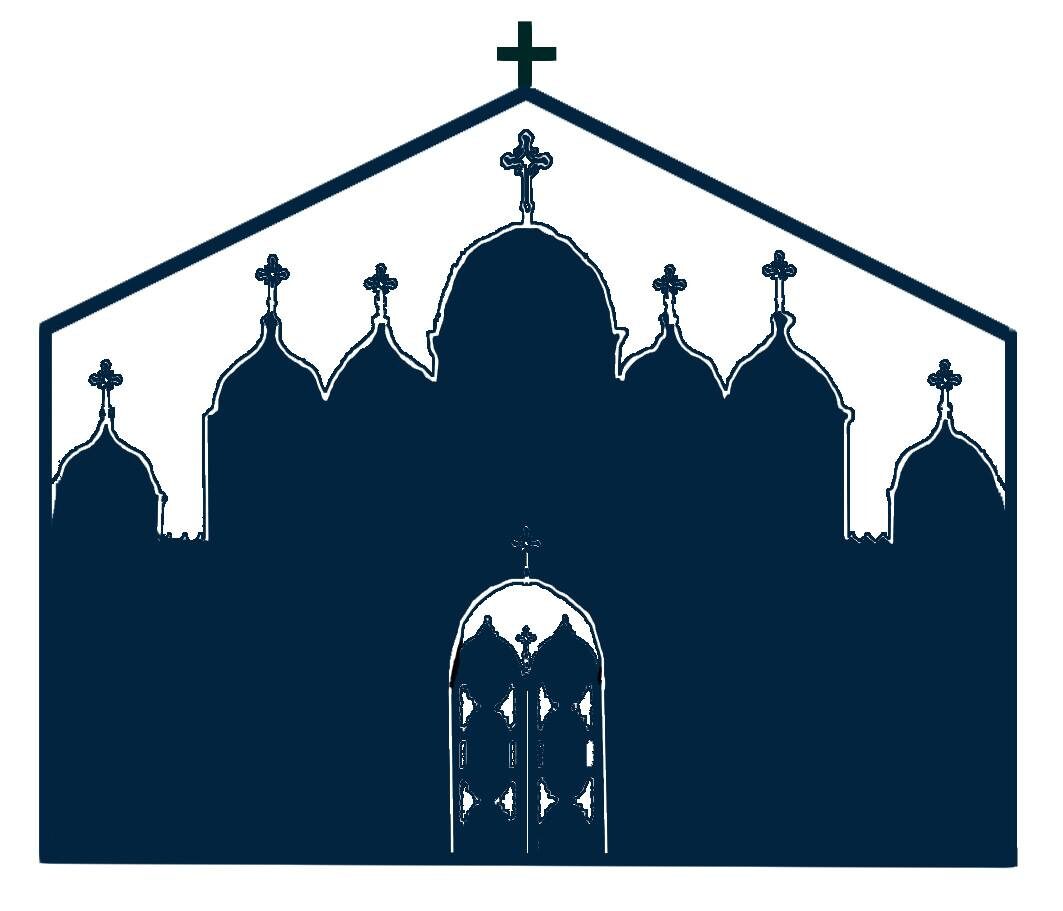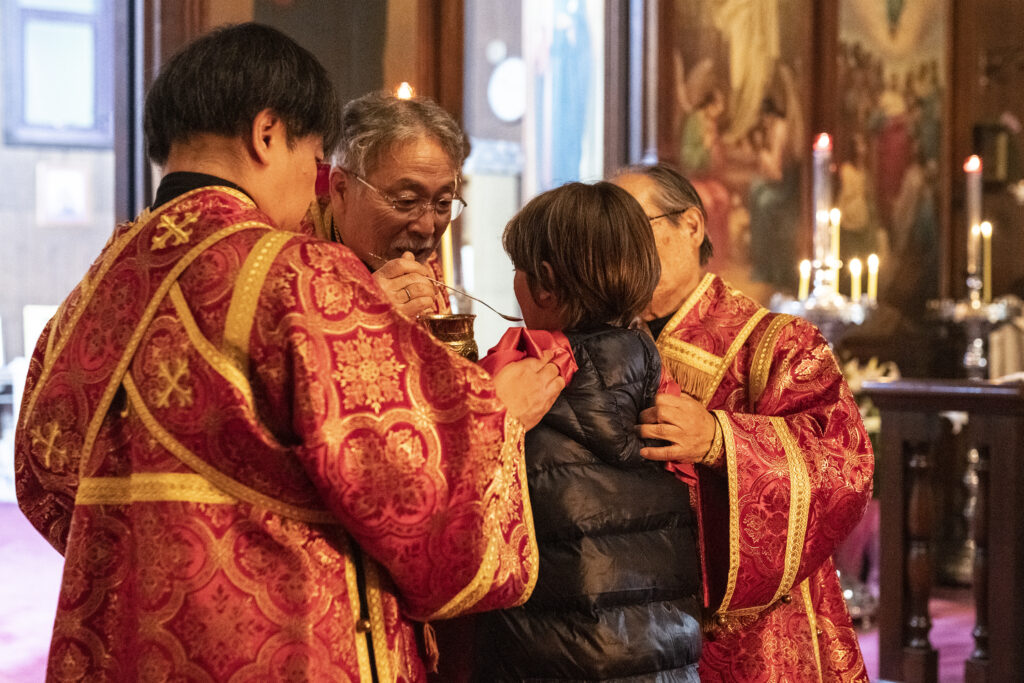
The Orthodox Church, which is the most traditional Christianity spreading from the East to the whole world, is also called the Eastern Orthodox Church. While the Roman Catholic Church and Protestant churches spread mainly in Western Europe, Christianity spread from Greece and Eastern Europe to Russia, mainly in the Middle East where Christianity was born. In the 20th century, many believers and clergymen were scattered around the world due to persecution caused by the communist revolution. People also came to be preached. Today, not only the descendants of immigrants and exiles, but also many converts from Catholicism and Protestantism are appearing, giving fresh impetus to Western Christianity, which has stagnated along with the impasse of modern civilization led by the West. At the end of the Edo period, Nicholas came to Japan as a priest for the Russian Consulate in Hakodate (he was canonized as a saint as ‘equal-to-the-apostles, and enlightener of Japan St. Nicholas’) and was evangelized in Japan.
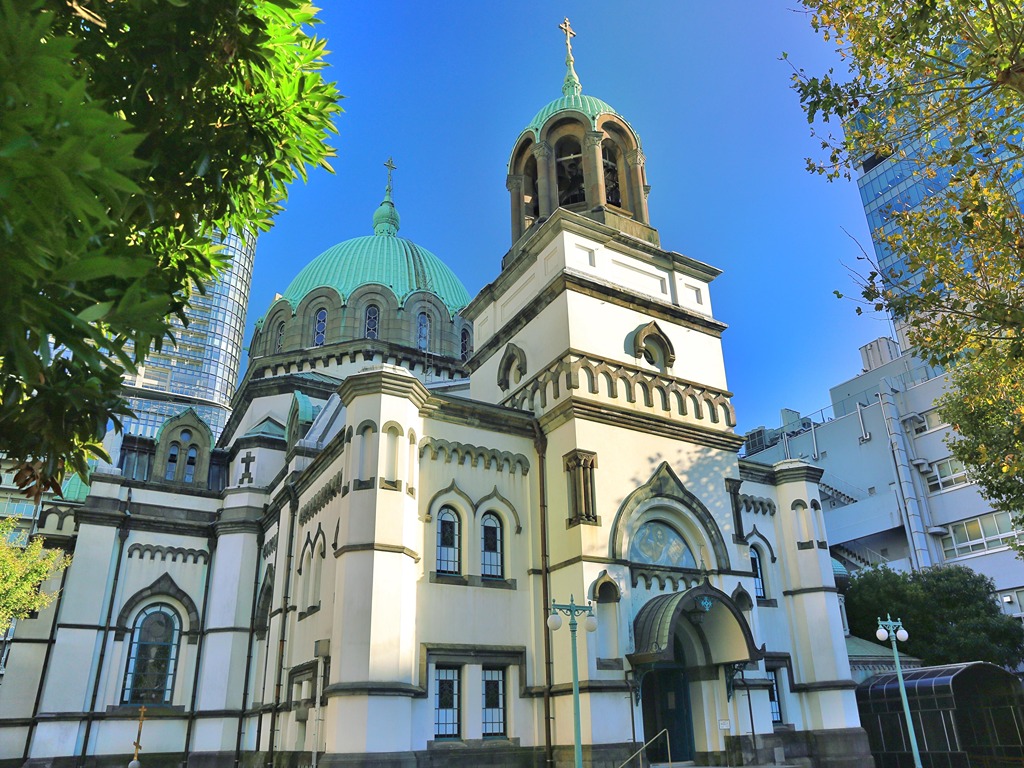
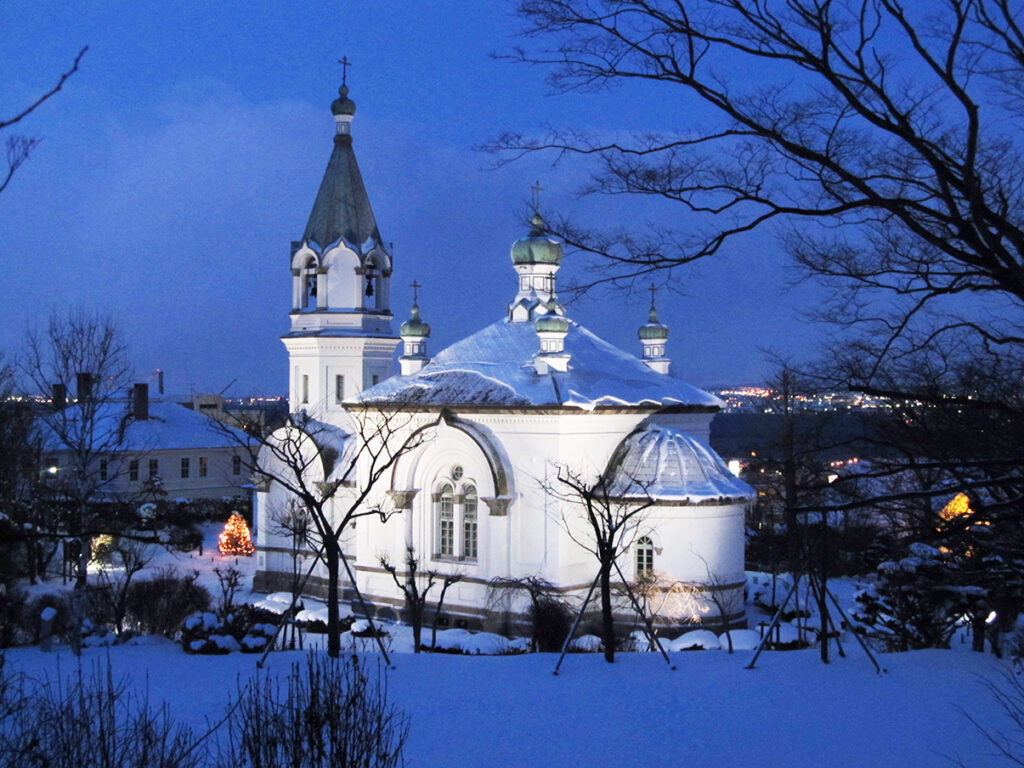
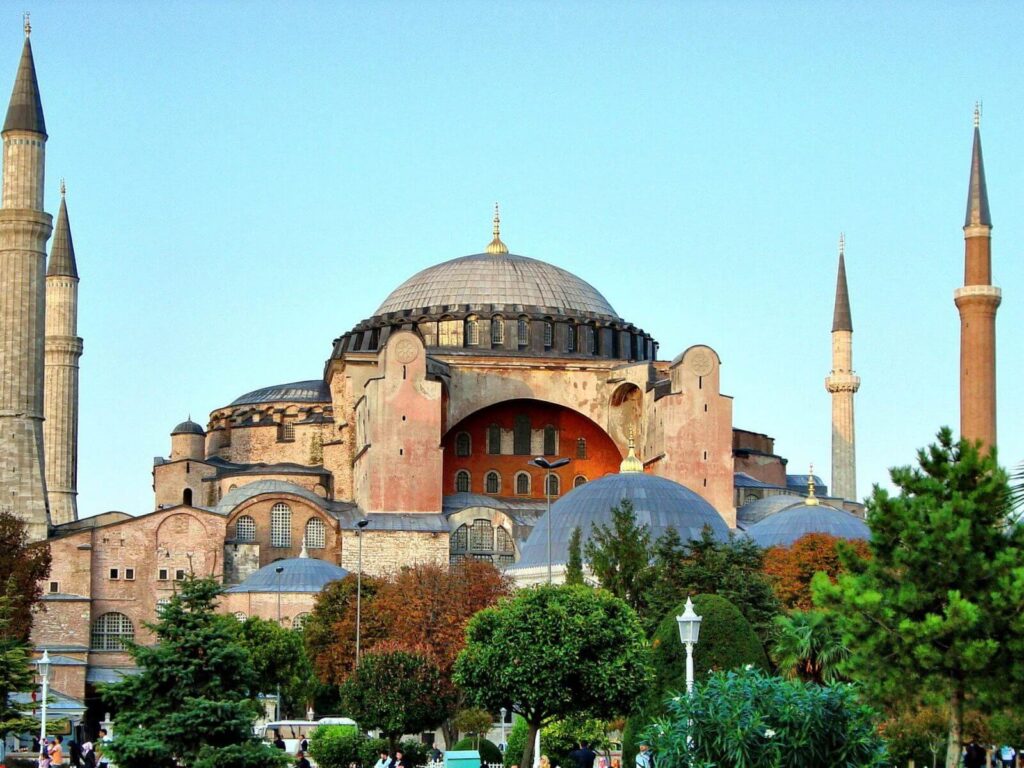
The disciples who directly experienced the death of Jesus Christ (Japanese Orthodox translation of Jesus Christ) by crucifixion and resurrection on the third day as “God’s salvation of humanity” and passed it on to the world as witnesses. These people are specially called “apostles.” The Orthodox Church is proud to have inherited the faith of the apostles and the church that began with them.
The Orthodox Church was unfamiliar with the scholastic theology that had become intellectually-driven in medieval Western Europe, and did not experience the modern Reformation. Until the 9th century, when the Eastern and Western Churches were one, the teachings and important church rules confirmed by the seven meetings of representatives of all the churches (the “Universal Council”) held over a period of 500 years. , and a continuous and faithful adherence to various ecclesiastical traditions that can be traced back to the days of the apostles. It can be said to be the “foundation” of Christianity to which the church should return whenever it faces a problem.
Theologically, it inherits the spirituality of the ancient church leaders (fathers) who humbly remain silent on matters beyond human comprehension. All the “new doctrines” added later by the Roman Catholic Church, such as “Purgatory”, “The Immaculate Conception of Mary”, and “Papal Infallibility”, are rejected. Also, unlike the Protestants Luther and Calvin, they never say that “the Bible alone is the source of faith” or that “God predestined both those who will be saved and those who will perish.” As rigid as it may seem today, it adheres to the doctrines of the ancient churches, which all churches affirmed, “without adding to,” or “subtracting from.”
How the Church Should Be
The Church organization is not a monolith like the Roman Catholic Church, in which churches all over the world are organized into a pyramid with the Pope at the top. However, without strong leadership, it maintains its unity as an “Orthodox” by willingly sharing the Orthodox faith and the apostolic picture of the Church. The language and expressions used in worship vary from country to country and region to country, but this differs from Protestant churches, which have split into many thousands of denominations due to differences in opinion and interpretation of the Bible.
A community of worship services centered on the body of Christ (Holy Blood)
The worship service, which was established in its current form during the Byzantine period, firmly preserves the form and spirituality of the early church worship. The centerpiece is the liturgy. Although the theological understanding and form of prayer are different, this applies mostly to what is called the Mass in Catholic churches and the Holy Communion in Protestant churches. In addition to every Sunday (Sunday) to “remember” the resurrection of the Lord Jesus Christ It is also held on holidays such as (Because every day is some kind of feast, except during Great Lent, there are communion rites every day in the larger monasteries.)
Observe the precepts, “Till the coming of the Lord (1 Corinthians 11:26)” and “Thus in remembrance of me” (Luke 22:19), It is understood that the fundamental task of the Church is to gather together for the Eucharist liturgy and to share the bread and wine of the body and blood of the Lord (the Eucharist/Holy Blood). Through the sharing of the Holy Blood from one loaf and from one cup, the faithful become one with Christ, God, and at the same time they become one with each other, creating the “New People of God” whom Christ has gathered. Gatherings and churches for
The accumulation of experiences of fellowship with God is the source of growth for believers, and without the grace of God received there, no “earnest” human effort to “live a good life” will bear fruit.
It cannot be explained in words, but no matter how hard I try to explain it in words, Orthodoxy cannot be conveyed well. This is because Orthodoxy is not an abstract “doctrine,” a “history,” a religious “culture,” or a church organization invented by humans, but it is the resurrected life of Christ that lives and works in the life of the church. In an age when no doctrine was established, no history had been built up, and the culture was completely immature, and there was no solid church organization, and even today, it is this Christ that keeps each believer alive at all times. Resurrection life. Life cannot be expressed in words. It can only be grasped from experience, and it can only be conveyed through experience.
Therefore, following Philip’s call to his friend, he had no choice but to call out, “Come and see” (John 1:46).
